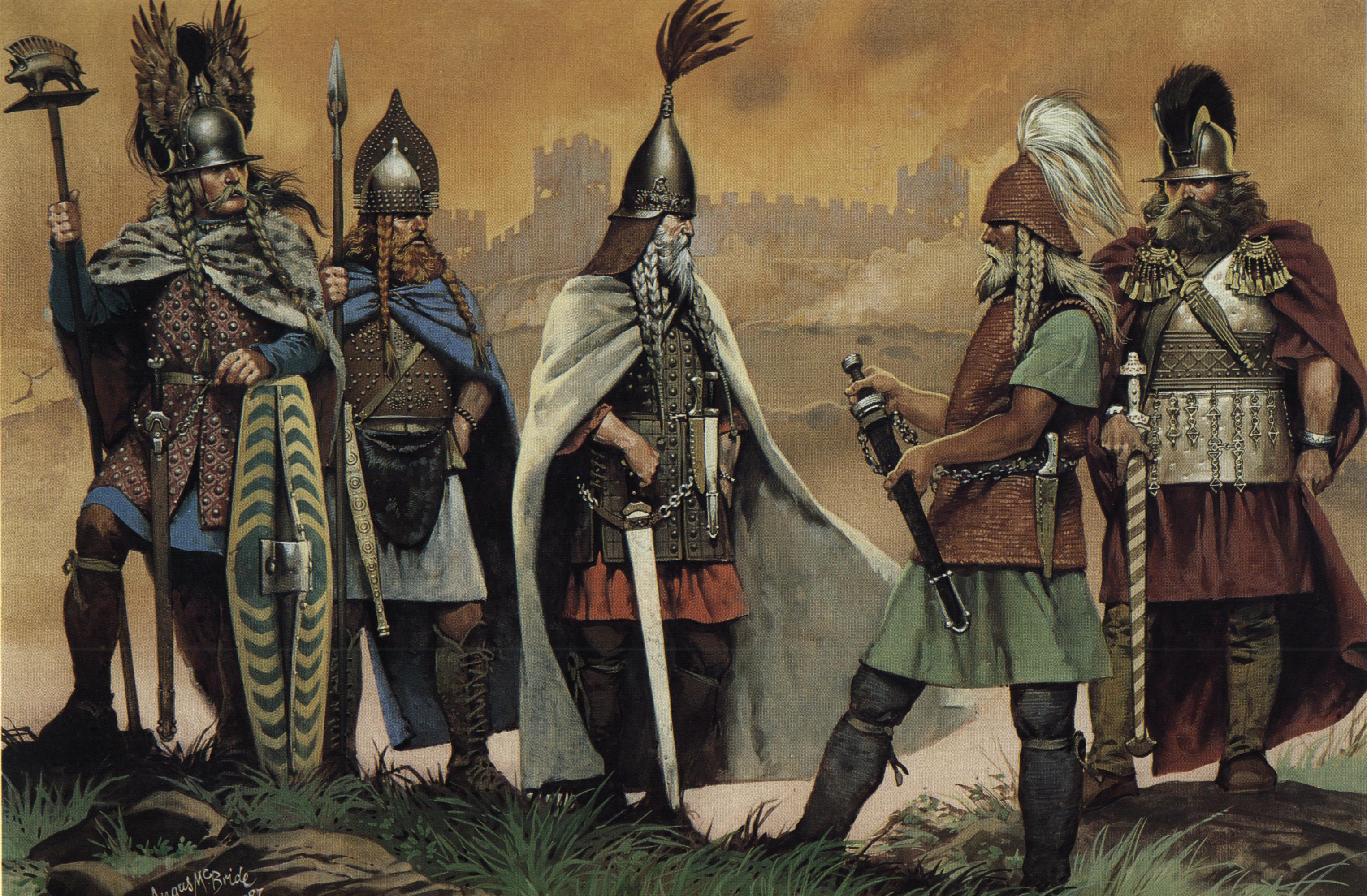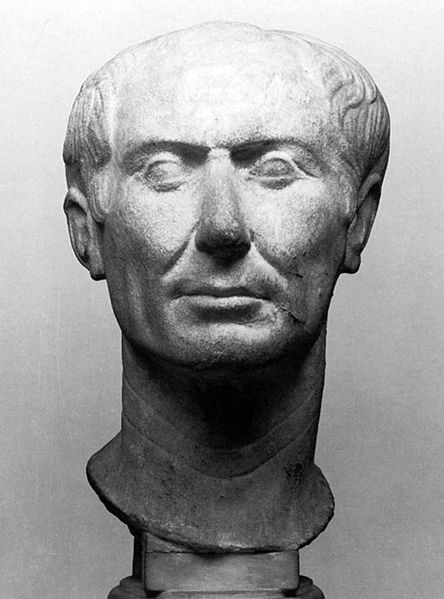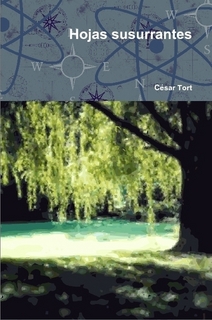This article has been edited in September 2017.
For a longer version of this article see: here
Julian Jaynes argued in The Breakdown of The Bicameral Mind that Homeric Greeks were, psychologically, vastly different from historical Greeks. Semitic cultures were even more different. In the online edition of my Day of Wrath I refrained to reproduce this image for the simple reason that it would have meant retro-projection.
 In the image we see women, presumably the mothers, trying to rescue their children from a propitiatory child sacrifice to Moloch Baal. The disturbing truth is that, in real life, the parents themselves handed over their crying children to the assistants of the priest, hence the inflammatory sentence with which I ended one of my books (“In the final book of this work I’ll go back to my autobiography, and we shall see if after such grim findings mankind has the right to exist”).
In the image we see women, presumably the mothers, trying to rescue their children from a propitiatory child sacrifice to Moloch Baal. The disturbing truth is that, in real life, the parents themselves handed over their crying children to the assistants of the priest, hence the inflammatory sentence with which I ended one of my books (“In the final book of this work I’ll go back to my autobiography, and we shall see if after such grim findings mankind has the right to exist”).
In Hollywood such sort of retroprojections are ubiquitous in movies about the historical past. For instance, Australia, a pro-aboriginals film set before the Second World War, had an upset Nicole Kidman telling another white person, “No mother would leave her child!” when in real life, as recounted in Day of Wrath, quite a few Australian abbos not only abandoned some of their babies, but killed and ate them (for scholarly references supporting this claim see Day of Wrath).
Psycho-classes
By “retroprojection” I mean projecting one’s own morals and frame of mind onto the Radical Other, insofar as most people are unaware of the existence of “psychoclasses.”
Westerners, and incredibly, child abuse researchers included, have not awakened to the fact that there have been very dissimilar psychoclasses or ways of childrearing in the world; and that this has had enormous implications for the mental health of a people, primitive or modern. For example, in my Day of Wrath I said that Rhea hid Zeus and presented a stone wrapped in strips, which Cronus took as a swaddled baby and ate it. Cronus represents the pre-Homeric Greeks, the archaic Hellas. After the breakdown of the bicameral, or schizoid mind, historical Greeks considered barbarous the practice of child sacrifice, symbolized in Zeus’ successful rebellion against his filicidal father. Though they still practiced the exposure of unwanted babies, the historical Greeks at least stopped sacrificing them in horrible ways: a practice that their neighbors continued. Nonetheless, if films on both Homeric and post-Homeric Greeks were historically accurate, the exposure of babies, which was practiced even in Roman times, would be visually depicted.
Recently I saw two films that I had not watched for a long time. In the 1959 Hollywood interpretation of Ben-Hur starring Charlton Heston, Tiberius’ Rome and Jerusalem are idealized far beyond what those cities looked like in the times of Jesus. Think of how, to impress the audience with the grandeur of the Roman circus in a Hollywoodesque Palestine, for the chariot race sequence the director made it look as large as Constantinople’s circus! Conversely, in Fellini’s 1969 Satyricon, freely based on Petronius’ classic, the Roman Empire is oneirically caricaturized to the point that the film’s extreme grotesqueries bear no visual relationship whatsoever to the empire of historical time. Both extreme idealization and oneiric caricature constitute artistic ways to understand the soul of Rome. One may think that an Aristotelian golden mean may lie somewhere between Ben-Hur and Fellini-Satyricon, but not even in HBO’s Rome, a purportedly realistic TV series that claimed paying more attention to historical women, dared to show that such women abandoned their babies who died on the hills, roads and the next day were found under the frozen streets: a custom approved even by Plato and Aristotle.
Growing in a “late infanticidal” culture, to use Lloyd deMause’s term, makes members of that psychoclass greatly different compared to our modern western psychoclass. (One could easily imagine what a shock for the modern mind would represent the spectacle of white babies dying on the streets of Vermont, Bonn or Florence with nobody bothering to rescue them.) So different that I believe that the hostile takeover I do of deMause’s Psychohistory to deliver it to the nationalist community will revolutionize the understanding of history once it is properly digested and understood.
In my Day of Wrath I quoted psychohistorian Henry Ebel (no ellipsis added between unquoted sentences):
DeMause’s argument had a breathtaking sweep and grandeur such as we associate with the work of Hegel, Darwin and Marx. Moreover, it seemed to be a valid response and interpretation of a series of gruesome facts that had been consistently understated or suppressed by conventional historians. “The Evolution of Childhood” has proved a morsel too large, too complete, too assertive, and in many ways too grim for the historical profession to digest. Since adult styles and roles, including the academic and professional, are mainly denial-systems erected against those early needs and terrors, the academic consideration of deMause’s argument has been, understandably enough, of less than earthshaking intelligence.
Once we integrate Psychohistory to our view of history, it is easy to notice that when Greg Johnson talks of Greco-Roman homosexuality he does it retroprojectively, as if it was similar to the mores of today’s world: consenting sex between adults. But if Jaynes and deMause are right, the peoples of the classical world inhabited an altogether distinct psychic universe, especially before Solon. So different that sometimes I even wonder if Francis Parker Yockey has a valid point when he wrote that the Italian Renaissance is sold as a link between two cultures that, according to him, have nothing in common.
The real Greco-Roman homosexuality: pederasty
A splendid example of such discontinuity is what André Gide called normal pederasty, the ancients’ infatuation for adolescents. Keep in mind that Gide did not condemn such customs. On the contrary, he considered his Corydon, published in 1924 and which received widespread condemnation, his most important work. However, since I can only understand the geist of a culture through the visual arts, before quoting Gide let me convey visually what “homo”-sexuality signified for the classical world through a couple of scenes of the Italian movie Satyricon (YouTube clip: here).
Cinematic experiences aside, what are scholars saying about what I call pseudo-homosexuality: pederasty (which must never be confused with pedophilia)? In the introduction to On Homosexuality: Lysis, Phaedrus, and Symposium, published by Prometheus Books, Eugene O’Connor wrote (again, no ellipsis added):
Benjamin Jowett’s introduction to his translation of Plato’s Symposium expresses prevalent Victorian, Edwardian, and even later attitudes, particularly in England and America, toward Greek homosexuality. Some excerpts from the introduction will illustrate this “clash of cultures.” Since Jowett’s day much has been done to counter and correct this willful distortion of ancient sexuality. We may now consult, for example, the more sober appraisals of K.J. Dover, Greek Homosexuality (1978), and Saara Lilja, Homosexuality in Republican and Augustan Rome (1983) to help us redress the oversights of earlier scholarship.
The composition of [Plato’s] Symposium owes much to the Greek tradition of “banquet literature,” often a collection of informal discussions (in prose or verse) on various topics, including the power of love and the delights of young men and boys. Indeed, a whole body of homoerotic literature grew up around the themes of male beauty and how one ought to woo and win a boy.
The customary social pattern was this: a boy in his teens or, at any rate, a younger man (called an eromenos, or “beloved”) was sought out by an older male (called an erastes or “lover”), who might be already married. Women in classical Athens were kept in virtual seclusion from everyone but their immediate families and their domestic activities were relegated to certain “female” parts of the house. As a consequence, boys and young men—partly by virtue of their being seen, whether in the gymnasium, in the streets, or at a sacrifice (as in the Lysis)—became natural love-objects.
Strict rules of conduct bound both parties: adult males could face prosecution for seducing free-born youths, while Athenian boys and young men could be censured for soliciting sexual favors for money. That would make them in effect equal to courtesans, who were hired companions and lacked citizen status.
This erastes-eromenos (lover-beloved) relationship, although it was sexual and in many ways comparable to typical, male-female relations, with the man assuming the dominant role, was meant ideally to be an educative one. The older man instilled in the younger—in essence, “made him pregnant with”—a respect for the requisite masculine virtues of courage and honor.
Socrates in the Phaedrus describes how the soul of the pederast (literally, “a lover of youths”) who is blessed with philosophy will grow wings after a certain cycle of reincarnations. In recent centuries, the word “pederast” has come to be viewed with opprobrium, fit only to describe child molesters. But in ancient Greece the word carried no such negative connotation, and was employed in a very different context.
Surrounded as he often was by the brightest young men of Athens, Socrates jokingly compared himself, in Xenophon’s Symposium, to a pander or procurer. These are witty, humorous characterizations of Socrates to be sure; yet, in the end, Socrates was the best erastes of all; the loving adult male teacher who sought to lead his aristocratic eromenoi (male beloveds) on the road to virtue.
I have read Xenophon’s Symposium and on chapter VIII it does look like Socrates and others had intense crushes with the eromenoi.
In his Corydon Gide shares the Platonic view that what he calls “normal pederasty” (to distinguish it from child molestation) is a propitious state of the mind to shed light on truth and beauty. In the last pages of his slim book Gide concludes: “I believe that such a lover will jealously watch over him, protect him, and himself exalted, purified by this love, will guide him toward those radiant heights which are not reached without love.” In the very final page Gide adds that “From thirteen to twenty-two (to take the age suggested by La Bruyere) is for the Greeks the age of loving friendship, of shared exaltation, of the noblest emulation,” and that only after this age the youth “wants to be a man”: marrying a woman.
But not only I need visuals to properly understand a culture. Narrative is fundamental too as a way to get into the unfathomed deeps of a bygone world. Below, a tale recounted by an old poet, Eumolpus in the first long novel that Western literature knows, Petronius’ Satyricon:
I relocated the hilarious, though rather long, quotation of the Satyricon as an isolated quote in another of my blogs: here
However, the erastes-eromenos relationship was not always as hilariously picaresque as Petronius depicts it. In my previous response to Johnson, when I added the image of a terracotta statuette of Zeus carrying off Ganymede, I included no references. Here I’ll add a couple of them. In the academic work that O’Connor mentioned above, Greek Homosexuality, K.J. Dover writes:
Ephoros, writing in the mid-fourth century, gives a remarkable account (F149) of ritualised homosexual rape in Crete. The erastes gave notice of his intention, and the family and friends of the eromenos did not attempt to hide the boy away, for that would have been admission that he was not worthy of the honour offered him by the erastes. If they believed that the erastes was unworthy, they prevented the rape by force; otherwise they put a good-humoured and half-hearted resistance, which ended with the erastes carrying off the eromenos to a hide-out for two months.
 At the end of that period the two of them returned to the city (the eromenos was known, during the relationship, as parastatheis, ‘posted beside…’ or ‘brought over to the side of…’) and the erastes gave the eromenos expensive presents, including clothing which would thereafter testify to the achievement of the eromenos in being chosen; he was kleinos, ‘celebrated’, thanks to his philetor, ‘lover’. [p. 189]
At the end of that period the two of them returned to the city (the eromenos was known, during the relationship, as parastatheis, ‘posted beside…’ or ‘brought over to the side of…’) and the erastes gave the eromenos expensive presents, including clothing which would thereafter testify to the achievement of the eromenos in being chosen; he was kleinos, ‘celebrated’, thanks to his philetor, ‘lover’. [p. 189]
John Boswell, a homosexual professor at YaleUniversity who died at forty-seven of complications from AIDS, specialized in the relationship between homosexuality and Christianity. For this reason alone it is interesting to compare his claims with James O’Meara’s on exactly the same subject. Boswell abstains to mention the word “rape” which Dover unabashedly used in his treatise published by Harvard University. But in Same-Sex Unions in Premodern Europe Boswell describes in less academic, and more colorful language, the legal arrangements regarding such abductions:
Apart from the abduction aspect, this practice has all the elements of European marriage tradition: witness, gifts, religious sacrifice, a public banquet, a chalice, a ritual change of clothing for one partner, a change of status for both, even a honeymoon.
The abduction is less remarkable, by the standards of the times, that it seems. The ruler of the gods, Zeus, mandated a permanent relationship with a beautiful Trojan prince, Ganymede, after abducting him and carrying him off to heaven; they were the most famous same-sex couple of the ancient world, familiar to all its educated residents. Zeus even gave Ganymede’s father a gift—the equivalent of a dower or “morning gift”. The inhabitants of Chalcis honored what they believed to be the very spot of Ganymede’s abduction, called Harpagion (“Place of Abduction”). Moreover, as late as Boccaccio (Decameron, Day 5, Tale 1) an abduction marriage that takes place seems to find its most natural home in Crete.
Heterosexual abduction marriage was also extremely common in the ancient world—especially in the neighboring state of Sparta, with which Crete shared its constitution and much of its social organization, where it was the normal mode of heterosexual marriage. It remained frequent well into modern times, and even under Christian influence men who abducted women were often only constrained to marry them, and not punished in any other way. In a society where women were regarded as property and their sexuality their major asset, by the time an abducted woman was returned most of her value was gone, and the more public attention was focused on the matter the less likely it was she would ever find a husband. And in a moral universe where the abduction of Helen (and of the Sabine women) provided the foundation myths of the greatest contemporary political entities, such an act was as likely to seem heroic as disreputable. The Erotic Discourses attributed to Plutarch begin with stories of abduction for love, both heterosexual and homosexual. [pp. 91-93]
This last sentence about the foundation myths of both the ancient Hellas and Rome is absolutely central to understand their moral universe. However, Boswell omits to say that Zeus would be considered a bisexual god with strong heterosexual preferences—Hera and many other consorts—according to current standards, in no way a “gay” god.
Furthermore, unlike the same-sex unions of today, the erastes-eromenos relationship wasn’t meant to be permanent. The continuance of an erotic relationship was disapproved. In dramatic contrast to contemporary “gay marriages” and the myth promulgated by James O’Meara at Counter-Currents, romantic relationships between adult coevals were disrespected. In fact, the former eromenos might well become an erastes himself with a younger youth when he got older. Boswell, who strove to use classic scholarship to support the so-called “gay marriage” of our times, overstates his case in other passages of Same-Sex Unions in Premodern Europe. What struck me the most of his study was that on page 66 he misled the readers by claiming that the Satyricon protagonists, Encolpius and Gitone, are simply a same-sex couple. I have read a couple of translations of the Satyricon and it is all too clear that Boswell omitted two fundamental facts: Gitone’s age, an underage teen for today’s standards, and another lover of Gitone, Ascyltus (who also appears in my embedded YouTube clip way above).
Discussion
Classic pederasty did not resemble what currently is called the “gay movement,” let alone O’Meara’s preposterous claim that homosexuals have represented a sort of Western elite, in some ways superior to the bourgeoisie of the Christian world. The causes of pederasty are to be found not only in what O’Connor said above: women being kept in seclusion and men transferring their affections to younger boys. More serious was something that neither O’Connor nor Dover or Boswell dared to say: Infanticidal Greece and Rome produced a surplus of males as a result of the exposure of babies, especially baby girls. As I said in my Day of Wrath, it was not until 374 AD that the emperor Valentinian I, a Christian, mandated to rear all children. What apologists of homosexuality fail to understand is that that was a psychoclass distinct from our own, since for modern westerners it is unthinkable to expose baby girls.
In a nutshell, the Greco-Roman erastes-eromenos institution was not “gay” in the modern sense of the word.
 Exactly the same can be said about homosexuality. We don’t need to find inspiration in ISIS in trying to figure out what should a Fourth Reich do with the homo problem. Find inspiration in how Himmler dealt with it! (Those who argue that the Greco-Roman world accepted homosexuality should become better acquainted with the classic literature, as in those times the pederasts had to ask permission to the father before seducing the adolescent.)
Exactly the same can be said about homosexuality. We don’t need to find inspiration in ISIS in trying to figure out what should a Fourth Reich do with the homo problem. Find inspiration in how Himmler dealt with it! (Those who argue that the Greco-Roman world accepted homosexuality should become better acquainted with the classic literature, as in those times the pederasts had to ask permission to the father before seducing the adolescent.)












